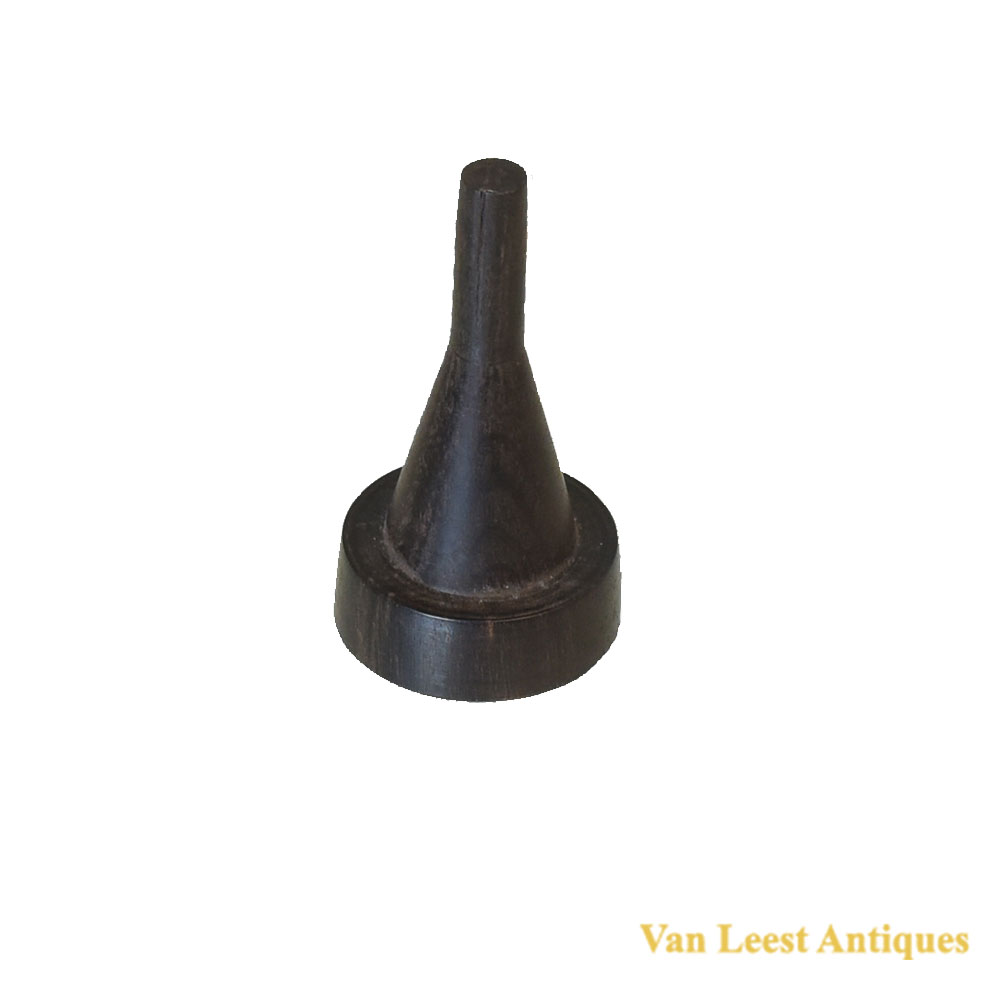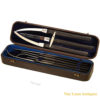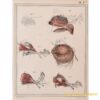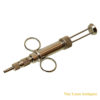Description
Piorry-type ebony monaural stethoscope with two bone ends and ebony percussor of c. 1830.
French physician René Théophile Laennec (1781-1826) invented the stethoscope in 1816. Stethoscopes listen to the sounds of the body’s operation. These sounds are indicators of the body’s functioning. The heart is usually listened to. However, the lungs and intestines also reveal characteristic sounds.
The original design was made of wood and brass. It consisted of a single hollow tube. This early adaptation is by Pierre Adolphe Piorry (1794-1879) from 1829. It is trumpet-shaped and made of wood. It was thinner and lighter than its forerunner. It kept to a single ivory earpiece used by Laennec and a chest piece. See the Wellcome collection for an overview of this type of stethoscopes.
Diameter: 4.6 cm, Height: 18.5 cm.
Look for shop information on www.vanleestantiques.com
Ask the Dealer
Dealer information
 Van Leest Antiques
Van Leest Antiques
Van Leest Antiques
Van Leest Antiques, based in Utrecht in the Netherlands, specialises in antique scientific and medical instruments. Their collection covers mainly scientific and medical antique instruments: barometers, globes and planataria, nautical instruments, anatomical models, and pharmacy items. Toon Van Leest travels regularly in Europe and visits trade fairs, auctions, and antique dealers to collect stock and to find pieces to fulfil his clients' unusual requests.
As well as being an avid antique collector and dealer, Toon Van Leest is also a dentist. He believes that antiques are a stable investment, not reliant on trends or fashion, and have truly lasting value. Above all, he says, antiques are timeless and never lose their beauty.








